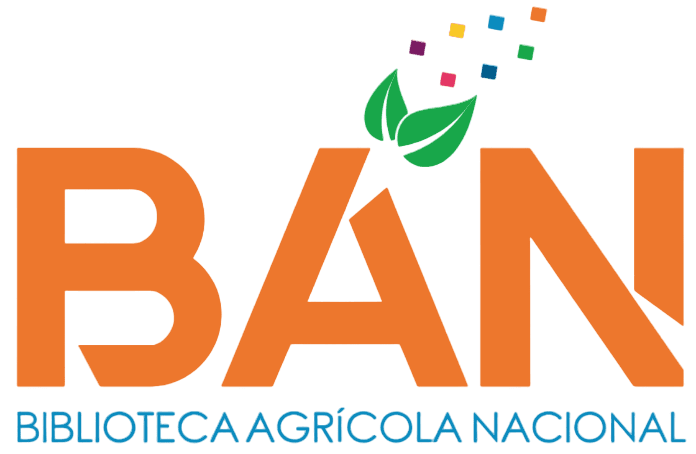Desarrollo e implementación de un instructivo facilitador de la toma de decisiones en el diseño de rotulado de alimentos
Loading...
Código QR
Authors
Ramírez Lora, Olga Tania
Contact Email
Abstract
La gran problemática del rotulado de alimentos en Perú es que cuenta con varias normas, pero con pocas jerarquías establecidas, resultando ser todas complementarias, y al no existir una única normativa nacional o un portal normativo que las consolide de forma integral facilitando su comprensión y adopción, se genera un problema al cumplir con todas ellas, ya sea por ignorancia sobre la existencia de alguna de ellas o por no comprender la forma de aplicación en el rotulado. El objetivo de este trabajo fue desarrollar un instructivo facilitador de la toma de decisiones en el diseño de rotulado de alimentos, a fin de que las empresas que lo utilicen tengan una herramienta que consolide todas las disposiciones de las normas de rotulados y con ello se reduzcan los errores de rotulado, pudiendo implementar correctamente las normas y reducir los tiempos de elaboración de rotulado, así como sus revisiones posteriores. Para este estudio se tomaron 50 rotulados del año 2019 y del año 2022. Se usaron los informes de revisión de rotulado de la consultora GRUPO FS S.A.C. tanto del 2019 como del 2022, a fin de conocer el número de observaciones y los tiempos de revisión. Se analizaron el número de observaciones cuando no se usaba el instructivo en el 2019 frente al número de observaciones del 2022, posterior al uso del instructivo. De todos los rotulados revisados en el 2022, se redujo a 0.1 errores de rotulado, agilizando los procesos de revisión mejorando de 15.86 días a 2 días hábiles, lo cual representa una disminución en el tiempo de 87%. Los resultados demuestran que el instructivo facilitador permite una correcta implementación de las normas de rotulado, dado que logra consolidarlas bajo una estructura de decisiones.
The great problem with food labeling in Peru is that it has several regulations, but with few established hierarchies, all of which turn out to be complementary, and since there is not only national regulation or a regulatory portal that consolidates them in a comprehensive way, facilitating their understanding and adoption, a problem is generated when complying with all of them, either due to ignorance about the existence of any of them or due to not understanding the form of implement them in the labeling. The objective of this work was to develop an instruction manual that facilitates decision-making in the design of food labeling, so that companies that use it have a tool that consolidates all the provisions of the labeling regulations and thereby reduces the costs of labeling errors, being able to correctly implement the standards and reduce labeling elaboration times as well as subsequent revisions. For this study, 50 labels from 2019 and 2022 were taken the label review reports from the consulting firm GRUPO FS S.A.C were used. both 2019 and 2022, in order to know the number of observations and review times. The number of errors when the instructions were not used in 2019 were analyzed against the number of observations in 2022, after the use of the instructions. Of all the labels reviewed in 2022, labeling errors were reduced to 0.1, streamlining the review processes, improving from 15.86 days to 2 days, which represents a reduction in time of 87%. The results show that the facilitator instructions allow a correct implementation of the labeling regulation, since it manages to consolidate them under a decision structure.
The great problem with food labeling in Peru is that it has several regulations, but with few established hierarchies, all of which turn out to be complementary, and since there is not only national regulation or a regulatory portal that consolidates them in a comprehensive way, facilitating their understanding and adoption, a problem is generated when complying with all of them, either due to ignorance about the existence of any of them or due to not understanding the form of implement them in the labeling. The objective of this work was to develop an instruction manual that facilitates decision-making in the design of food labeling, so that companies that use it have a tool that consolidates all the provisions of the labeling regulations and thereby reduces the costs of labeling errors, being able to correctly implement the standards and reduce labeling elaboration times as well as subsequent revisions. For this study, 50 labels from 2019 and 2022 were taken the label review reports from the consulting firm GRUPO FS S.A.C were used. both 2019 and 2022, in order to know the number of observations and review times. The number of errors when the instructions were not used in 2019 were analyzed against the number of observations in 2022, after the use of the instructions. Of all the labels reviewed in 2022, labeling errors were reduced to 0.1, streamlining the review processes, improving from 15.86 days to 2 days, which represents a reduction in time of 87%. The results show that the facilitator instructions allow a correct implementation of the labeling regulation, since it manages to consolidate them under a decision structure.
Description
Universidad Nacional Agraria La Molina. Facultad de Industrias Alimentarias.
Departamento Académico de Ingeniería de Alimentos y Productos Agropecuarios
Keywords
Etiquetado
Citation
Date
2025
Collections
Seleccionar año de consulta:
Licencia de uso

Excepto si se señala otra cosa, la licencia del ítem se describe como info:eu-repo/semantics/openAccess

